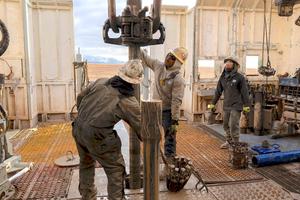Faced with a lawsuit by 15 states, the U.S. Environmental Protection Agency announced this week it would no longer delay the implementation of a rule requiring states to reduce emissions of smog-creating air pollution.
Crafted by the Obama administration in 2015, the regulation calls for states to begin meeting stricter ozone standards as of October 1, 2017, lowering the air pollution limit from 0.075 parts per million to 0.070 ppm. Ground-level ozone, or smog, is created when pollutants from cars, power plants, and other common industrial activities react with sunlight. It can cause serious respiratory and other health problems. In June, U.S. EPA head Scott Pruitt announced the agency would delay implementation of the new standards by one year.
Earlier this week, however, 15 states sued the EPA for its decision to delay the rule. “By illegally blocking these vital clean air protections, Administrator Pruitt is endangering the health and safety of millions,” New York Attorney General Eric Schneiderman, who led the lawsuit, said in a statement. “But Attorneys General have made clear: we won’t hesitate to fight back to protect our residents and our states.”
New York was joined in the suit by 14 other Democratic states, including California, Massachusetts, New Mexico, and Pennsylvania.
One day after the lawsuit was filed, the EPA reversed its decision to delay the rule. “We do not believe in regulation through litigation, and we take deadlines seriously,” Pruitt said in a statement issued Wednesday evening. “We also take the statute and the authority it gives us seriously.”


